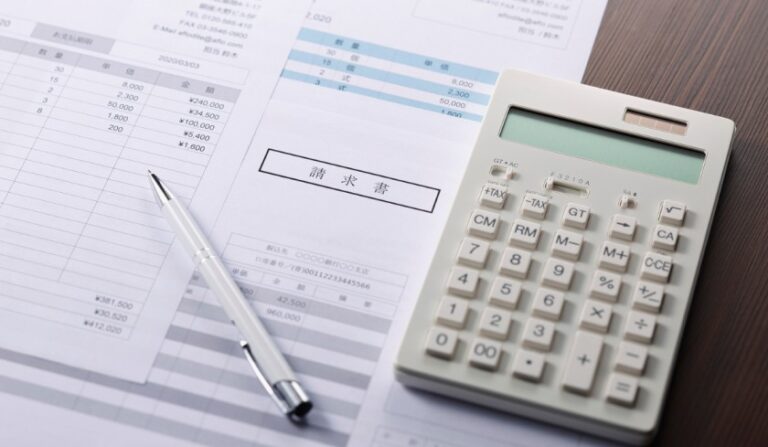Economic inequality continues to be one of the most discussed issues in America. While the United States is one of the wealthiest nations globally, wealth distribution across its states is far from equal. Some states enjoy booming economies and high standards of living, while others struggle with persistent poverty, low wages, and limited access to quality education or healthcare.
This article explores the poorest states in the United States, the factors driving their economic struggles, and how these challenges impact the lives of residents.
Understanding Poverty in America
It is valuable to know what poverty entails in economic terms before establishing the poorest states in the United States. The poverty line is dependent on income level as defined by the U.S. Census Bureau and differs according to the family size and composition. The poverty threshold is circa 30,000 a year in 2025 which means that a family of 4 with an income of less than this amount will fall below the poverty threshold depending on their state of residence, cost of living, and local economy. The problems may be a mix of low education rates, rural population, absence of industrial diversification, and poor access to healthcare facilities in the states with an elevated poverty level.
Top 10 Poorest States in the United States
Below are the 10 poorest states in the United States., based on household income and poverty rate statistics.
1. Mississippi
Mississippi consistently ranks as the poorest state in the United States. With one of the lowest median household incomes, the state faces challenges in education, healthcare, and employment.
Agriculture and manufacturing are key industries, but many residents work in low-wage jobs. Despite these struggles, communities in Mississippi are known for their strong cultural identity, hospitality, and resilience.
Quick Facts:
- Median household income: Around $49,000
- Poverty rate: Over 18%
- Major challenges: Low access to healthcare and education
2. Louisiana
Louisiana has a vibrant culture and rich history, but it faces ongoing economic challenges. The state’s economy relies heavily on energy, tourism, and agriculture, sectors that are often unstable.
Frequent hurricanes and natural disasters also impact the local economy, making recovery difficult for low-income families.
Quick Facts:
- Median household income: Around $52,000
- Poverty rate: About 17%
- Major challenges: Climate-related damages, limited job diversity
3. New Mexico
New Mexico’s beauty and diverse culture mask serious economic challenges. The state faces high unemployment rates, a large rural population, and education gaps.
While tourism and energy sectors contribute to its economy, many residents still live below the poverty line.
Quick Facts:
- Median household income: Around $55,000
- Poverty rate: Around 16%
- Major challenges: Limited access to quality education and healthcare
4. West Virginia
West Virginia’s economy has long been tied to coal mining, an industry that has declined over the years. This has led to job losses and reduced income levels.
Efforts to diversify the economy into technology and tourism are ongoing, but progress has been slow.
Quick Facts:
- Median household income: Around $56,000
- Poverty rate: Nearly 16%
- Major challenges: Decline in coal industry, lack of infrastructure
5. Arkansas
Arkansas faces persistent poverty, particularly in rural regions. Agriculture and manufacturing dominate its economy, but wages remain low.
Education reforms and healthcare initiatives are helping, yet many families still live paycheck to paycheck.
Quick Facts:
- Median household income: Around $57,000
- Poverty rate: Around 15%
- Major challenges: Rural poverty and healthcare access
6. Alabama
Alabama’s economy has improved over the past decade, yet poverty remains high, especially in rural areas.
The state’s automotive and aerospace sectors bring jobs, but income inequality persists between urban and rural communities.
Quick Facts:
- Median household income: Around $59,000
- Poverty rate: Around 15%
- Major challenges: Educational inequality and limited rural development
7. Kentucky
Kentucky has made progress in manufacturing and agriculture, but its poverty rate remains one of the highest in the U.S.
The Appalachian region faces particular struggles with unemployment and lack of infrastructure.
Quick Facts:
- Median household income: Around $60,000
- Poverty rate: About 14%
- Major challenges: Rural isolation, healthcare costs
8. Oklahoma
Oklahoma’s economy relies on oil and gas, which are subject to price volatility. When energy markets dip, unemployment rises sharply.
The state also faces high poverty rates among Native American and rural populations.
Quick Facts:
- Median household income: Around $61,000
- Poverty rate: 14%
- Major challenges: Economic dependence on energy, healthcare gaps
9. South Carolina
While tourism and manufacturing drive South Carolina’s economy, poverty persists in many rural counties.
Urban centers like Charleston and Columbia thrive, but smaller towns often lag behind economically.
Quick Facts:
- Median household income: Around $63,000
- Poverty rate: Around 13%
- Major challenges: Urban-rural divide, low wages in service industries
10. Tennessee
Tennessee’s economy is growing, but many areas still face poverty.
While cities like Nashville and Memphis have seen economic booms, rural counties continue to struggle with low-paying jobs and lack of educational opportunities.
Quick Facts:
- Median household income: Around $64,000
- Poverty rate: About 13%
- Major challenges: Income inequality and lack of rural investment
Common Factors Behind Poverty in These States
Analyzing the poorest states in the United States reveals several recurring challenges:
- Education Gaps: States with lower educational attainment rates tend to have higher poverty rates.
- Rural Populations: Many of these states have predominantly rural economies, limiting access to jobs, healthcare, and infrastructure.
- Industry Dependence: Reliance on a single industry, such as coal or oil, makes states vulnerable to market changes.
- Healthcare Access: Poor health outcomes and limited medical services contribute to economic hardship.
- Natural Disasters: States like Louisiana and Mississippi face recurring damage from hurricanes and floods, impacting livelihoods.
How Poverty Impacts Communities
Poverty affects every aspect of life. It limits educational achievement, restricts healthcare access, and increases crime rates. In poor communities, lack of investment leads to declining infrastructure and fewer job opportunities.
Children growing up in poverty face barriers that can follow them into adulthood. Poor nutrition, lack of internet access, and limited extracurricular activities hinder future success. Breaking this cycle requires systemic solutions focused on education, job creation, and community development.
Government and Community Efforts to Reduce Poverty
Several federal and state programs aim to reduce poverty through:
- Education funding to improve school systems
- Healthcare expansion via Medicaid and community clinics
- Job training programs to help workers adapt to new industries
- Affordable housing initiatives in rural and urban areas
In addition, nonprofit organizations play a crucial role in providing food assistance, financial literacy programs, and employment support to low-income families.
Looking Ahead: Closing the Economic Gap
Reducing poverty in the poorest states in the United States requires long-term commitment and collaboration among governments, businesses, and communities. Investing in infrastructure, expanding broadband access, and encouraging new industries such as renewable energy and technology can create sustainable change.
Education reform remains one of the most powerful tools for change. By improving school systems and expanding vocational training, states can empower residents to secure higher-paying jobs and build better futures.
Conclusion
While America is often seen as the land of opportunity, not all opportunities are distributed equally. The poorest states in the United States continue to face deep-rooted economic challenges, but with focused investment, education, and innovation, progress is possible.
Understanding these disparities helps raise awareness and encourage policymakers, businesses, and communities to take meaningful action.
Only by addressing the root causes of poverty can the U.S. ensure a more equitable future for all.
Visit The Business Vision Magazine For More Such Articles






